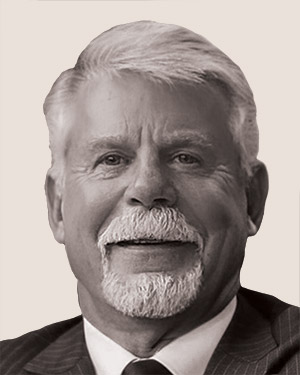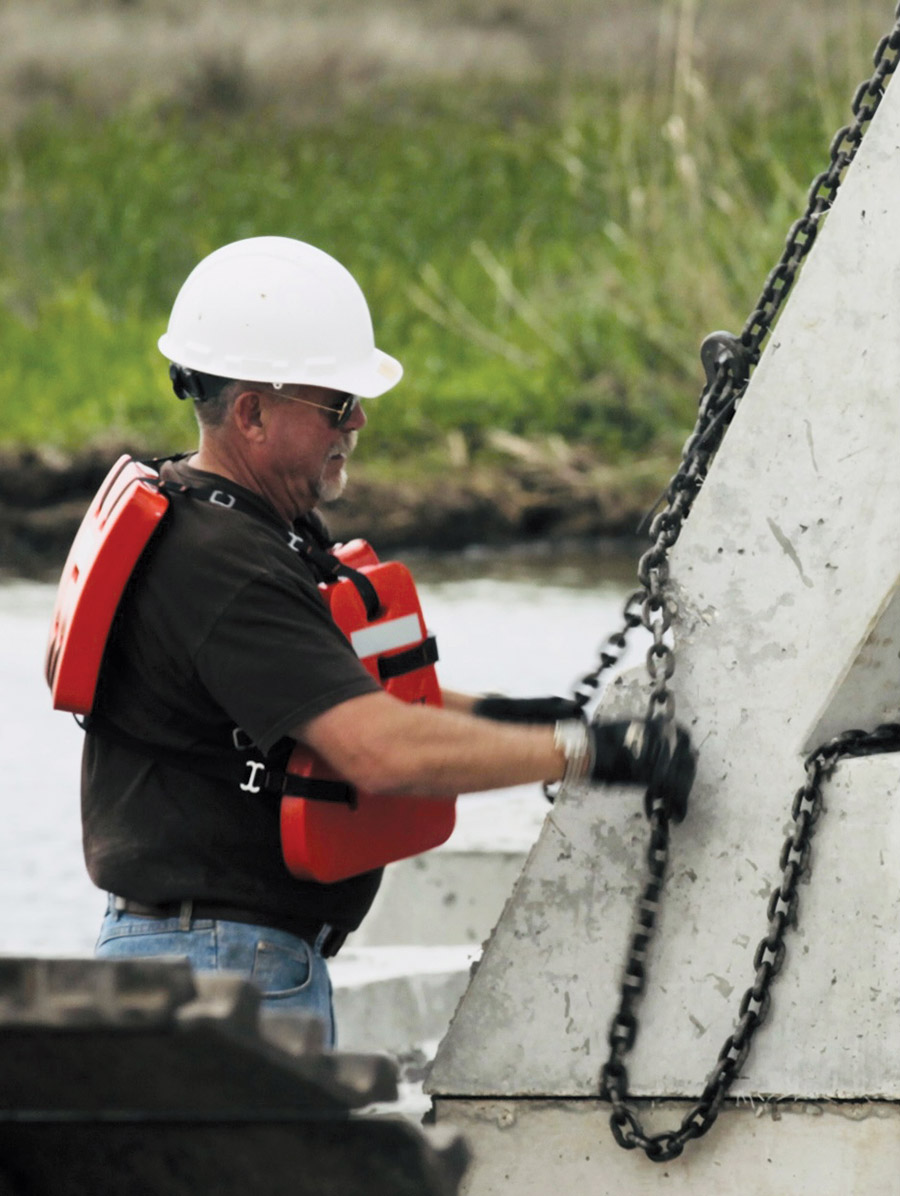
For more than 20 years, Scott Bartkowski, president and founder of Living Shoreline Solutions Inc., has been designing and building artificial reef modules for various project owners, in the United States and internationally. His impetus for creating the patented wave attenuation devices, known as WADs, came in the 1990s during a fishing trip in the Gulf of Mexico on a boat pulling a barge full of old Volkswagen Beetles toward into the sea to create a reef.
The former US Navy pilot, an avid scuba diver who had explored numerous reefs around the world, including Australia’s Great Barrier Reef, was stunned at the idea that rusty cars would be used to this purpose.
“I said they’re gone” in no time, Bartkowski recalls. “There has to be a way to develop an artificial reef that becomes a natural reef barrier.”
Shortly thereafter, in 1997, Bartkowski founded Living Shoreline Solutions, along with its international sister company, Artificial Reefs and Coastal Restoration Inc. Initially, it focused on smaller projects for individuals, environmental groups and municipal governments.

Photo courtesy of Scott Bartkowski
Great Test
From the beginning, WADs have been designed as pyramid-shaped concrete structures, which provide inherent stability, with dimensions that vary by location. Its deployment last summer as part of a Florida Department of Transportation project on the Sunshine Skyway Bridge marked the first time the company and WADS had been used by an agency at the state or federal level.
Just before Bartkowski and company completed installation last summer of the approximately 840 three-sided devices, with varying heights of 8.5 feet and 10 feet, Hurricane Idalia made its way through the area of Tampa Bay, providing the first significant test of the system. The storm surge temporarily submerged the WADs, he says, but the system maintained and protected the nearby levee. The biggest impact to the array was that the storm accelerated the settlement of the devices, which was expected to be about 6 inches, Bartkowski says. “They’re not going anywhere,” he notes.
Before construction, a significant analysis by University of South Florida coastal geology professor Ping Wang indicated that the devices would reduce wave height by at least 90 percent, including during storm events, he explains.
After Idalia passed through the area, the professor and his team examined the site’s impacts and how the system worked. “The system seemed to have held up quite well,” says Wang, noting that “there was no significant tilting or subsidence.”
According to the professor, who first met Bartkowski on one of the contractor’s previous projects, “many agencies may have had problems” with using the technology in the past, but his “perceptions have changed over the years.” Ping adds that the discovery that the system not only protects coastlines, but also helps promote wetland development, has made WADs “much bigger than it [Bartkowski] he initially thought.”
The fact that the Florida DOT is highlighting the Sunshine Skyway Bridge project, completed last fall, has brought new attention to Bartkowski and his team at the company. “We’ve had a lot of engineering companies contact us and we’re going to do a team deal with them,” he says. “We are busy.”

